| [1] 汪正宇,徐祝军,胡旭峰,等.金属植入物治疗老年肱骨远端骨折20例:与7例保守治疗的比较[J].中国组织工程研究与临床康复,2010,14(22):4150-4154. [2] 李旭辉.钛合金植入物内固定修复老年肱骨远端骨折:可行及有效性分析[J].中国组织工程研究,2015,19(35): 5679-5683.[3] Sabalic S, Kodvanj J, Pavic A, et al. Comparative study of three models of extra-articular distal humerus fracture osteosynthesis using the finite element method on an osteoporotic computational model. Injury. 2013;44(Suppl.3):S56-S61.[4] 王华松,黄继锋,蔡贤华,等.人工肘关节置换治疗肱骨远端粉碎性骨折[C].//第十届中国南方骨质疏松论坛暨重庆市医学会骨质疏松年会论文集,2014:1-2.[5] 董双鹏,王成焘,齐宝芬,等.肱骨内植物材料选择及预紧力影响的参数化研究[J].中国骨与关节外科,2014,(1):35-39.[6] 翁建东,陈志坚,毛光烽,等.钢板内固定治疗肱骨中下段粉碎性骨折18例[J].浙江医学,2011,33(1):63-64. [7] 梁斌,蒋纯志,徐晨阳,等.钛合金解剖板治疗老年肱骨近端三部分和四部分骨折[J].中国医学创新,2009,6(33):30-31.[8] 苟三怀,刘岩,欧阳跃平,等.三维记忆钛合金内固定器治疗上肢骨折疗效分析[J].生物骨科材料与临床研究, 2007, 4(1):35-36.[9] Zhang C, Zhong B, Luo CF, et al. Comparing approaches to expose type C fractures of the distal humerus for ORIF in elderly patients: Six years clinical experience with both the triceps-sparing approach and olecranon osteotomy. Arch Orthop Trauma Surg. 2014; 134(6):803-811.[10] 杨新明.记忆钛合金内固定器治疗上肢骨折疗效分析[J].医学信息(中旬刊),2011,24(5):1786-1787.[11] 杨铁威,刘欣伟,柳云恩,等.钛铌锆钽合金可促进兔肱骨干横骨折的愈合[J].中国组织工程研究,2014,18(52): 8382-8386.[12] 张春才,许硕贵,苏佳灿,等.肱骨近端记忆接骨器的设计与临床应用[J].中华创伤杂志,2005,21(8):571-574. [13] Koonce RC, Baldini TH, Morgan SJ, et al. Are conventional reconstruction plates equivalent to precontoured locking plates for distal humerus fracture fixation? A biomechanics cadaver study. Clin Biomech. 2012;27(7):697-701.[14] 刘琦.磷酸钙骨水泥加强骨质疏松的肱骨近端骨折内固定的生物力学试验研究[D].广州医学院,2007.[15] 张春才,许硕贵,王家林,等.肱骨头颈部解剖型记忆接骨器的设计与临床应用[C].//第十四届全国中西医结合骨伤科学术研讨会论文集,2006:138-142.[16] 张春才,许硕贵,王家林,等.上肢骨干天鹅型记忆接骨器的设计与临床应用[J].第二军医大学学报,2001,22(10):939-942. [17] 刘建.肱骨远端C型骨折的治疗进展[J].重庆医学, 2013, 42(2):228-230.[18] Pospula W,Abu Al Noor T,Roshdy T, et al. Radioanatomical measurements of the medullary cavity of the humerus in kuwait: ethnic differences and clinical implications for fracture fixation. Med Princ Pract. 2004;13(4):206-210.[19] 王光勇,杜俊生,钟兵,等.钢板和空心螺钉置入修复劈裂型肱骨大结节骨折:肩关节功能比较[J].中国组织工程研究, 2014,18(40):6482-6487.[20] 贾全忠,古华,叶志英,等.人工肱骨头置换治疗肱骨上端粉碎性骨折伴脱位[J].川北医学院学报,2003,18(4):31-32.[21] Berkes M, Garrigues G, Solic J, et al. Locking and Non-locking Constructs Achieve Similar Radiographic and Clinical Outcomes for Internal Fixation of Intra-articular Distal Humerus Fractures. HSS J. 2011; 7(3):244-250.[22] Weeks CA, Begum F, Beaupre LA, et al. Locking plate fixation of proximal humeral fractures withimpaction of the fracture site to restore medial column support: A biomechanical study. J Shoulder Elbow Surg. 2013; 22(11):1552-1557.[23] 许传金,阮才政.经肱三头肌舌形瓣入路双钢板治疗成人肱骨远端复杂骨折的临床分析. [J].齐齐哈尔医学院学报, 2015,(12);1796-1797.[24] 陈宗和,苏佳灿,张春才,等.肱骨骨折的三维有限元分析与内固定植入物的选择[J].中国临床康复,2002,6(24): 3663-3664.[25] Carter CT, Bertrand SL, Cearley DM. Management of pediatric type III supracondylar humerus fractures in the United States: Results of a national survey of pediatric orthopaedic surgeons. J Pediatr Orthop. 2013;33(7):750-754.[26] 刘代忠.肱骨远端解剖钢板治疗45例成人肱骨中下段骨折患者临床分析[J].现代诊断与治疗,2015,26(11); 2570-2571.[27] Tabak AY,Celebi L,Muratli HH,et al.Closed reduction and percutaneous fixation of supracondylar fracture of the humerus and ipsilateral fracture of the forearm in children. J Bone Joint Surg. 2003;85(8):1169-1172.[28] Greiner S,Haas NP,Bail HJ,et al. Outcome after open reduction and angular stable internal fixation for supra-intercondylar fractures of the distal humerus: preliminary results with the LCP distal humerus system. Arch Orthop Trauma Surg. 2008;128(7):723-727.[29] Schmidt-Horlohé K, Wilde P, Bonk A, et al. One-third tubular-hook-plate osteosynthesis for olecranon osteotomies in distal humerus type-C fractures: A preliminary report of results and complications. Injury. 2012;43(3):295-300.[30] Lawrence TM, Ahmadi S, Morrey BF, et al. Wound complications after distal humerus fracture fixation: Incidence, risk factors, and outcome. J Shoulder Elbow Surg. 2014;23(2):258-264.[31] 马福元,杨铁毅,姜锐,等.肱骨近端锁定加压钢板置入内固定治疗复杂肱骨近端骨折的并发症[J].中国组织工程研究, 2013,17(48):8381-8387.[32] 孙俊,何利,陈颢,等.金属植入物治疗老年肱骨远端骨折的效果观察[J].维吾尔医药(上半月),2012,(11):70.[33] Krkovic M,Kordas M,Tonin M, et al. Subperiosteal elevation of the ulnar nerve during internal fixation for fractures of the distal humerus assessed by intra-operative neurophysiological monitoring. J Bone Joint Surg. 2006;88(2):220-226.[34] Edmonds EW, Roocroft JH, Mubarak SJ. Treatment of displaced pediatric supracondylar humerus fracture patterns requiring medial fixation: A reliable and safer cross-pinning technique. J Pediatr Orthop. 2012;32(4): 346-351.[35] 王冬,王进,杨雅丽.成人肱骨近端锁定钢板在儿童股骨远端骨折固定术中应用效果观察[J].山东医药, 2015,55 (27): 105-106.[36] Scolaro JA, Voleti P, Makani A, et al. Surgical fixation of extra-articular distal humerus fractures with a posterolateral plate through a triceps-reflecting technique. J Shoulder Elbow Surg. 2014;23(2):251-257.[37] 王国栋,袁同洲,许诺,等.肱骨近端锁定钢板置入结合Osteoset人工骨治疗肱骨近端骨折随访:22例[J].中国组织工程研究与临床康复,2011,15(43):8151-8154.[38] Yoon RS, Dziadosz D, Porter DA, et al. A comprehensive update on current fixation options for two-part proximal humerus fractures: A biomechanical investigation. Injury. 2014;45(3):510-514.[39] Foruria AM, Carrascal MT, Revilla C, et al. Proximal humerus fracture rotational stability after fixation using a locking plate or a fixed-angle locked nail: the role of implant stiffness. Clin Biomech. 2010;25(4):307-311.[40] 周雪峰,周家宁,马华松,等.不锈钢材质锁定钢板置入修复肱骨近端骨折:关节功能恢复及不良事件发生率[J].中国组织工程研究,2015,19(12):1812-1816. |
.jpg)
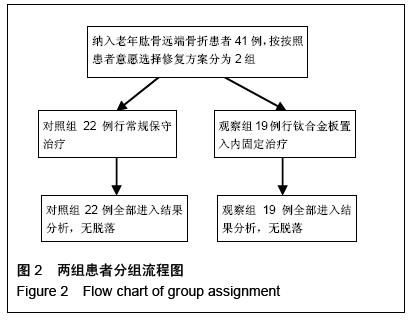
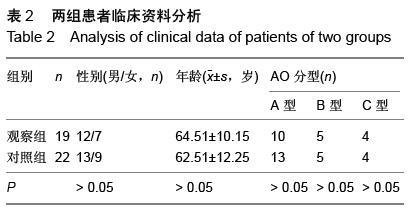

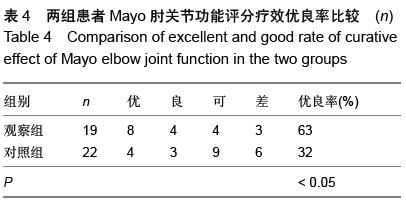
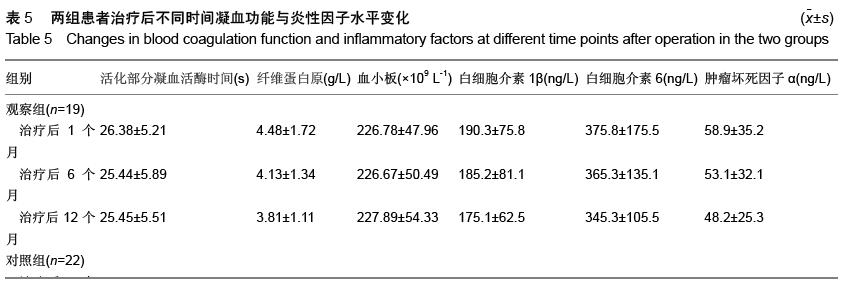
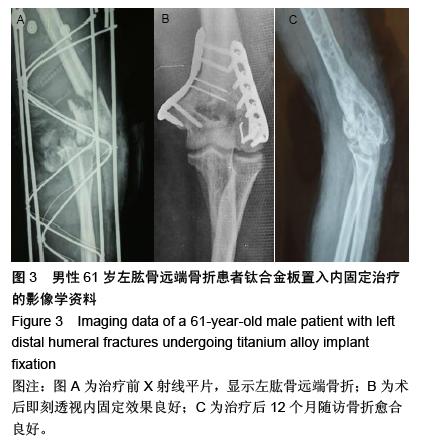
.jpg)